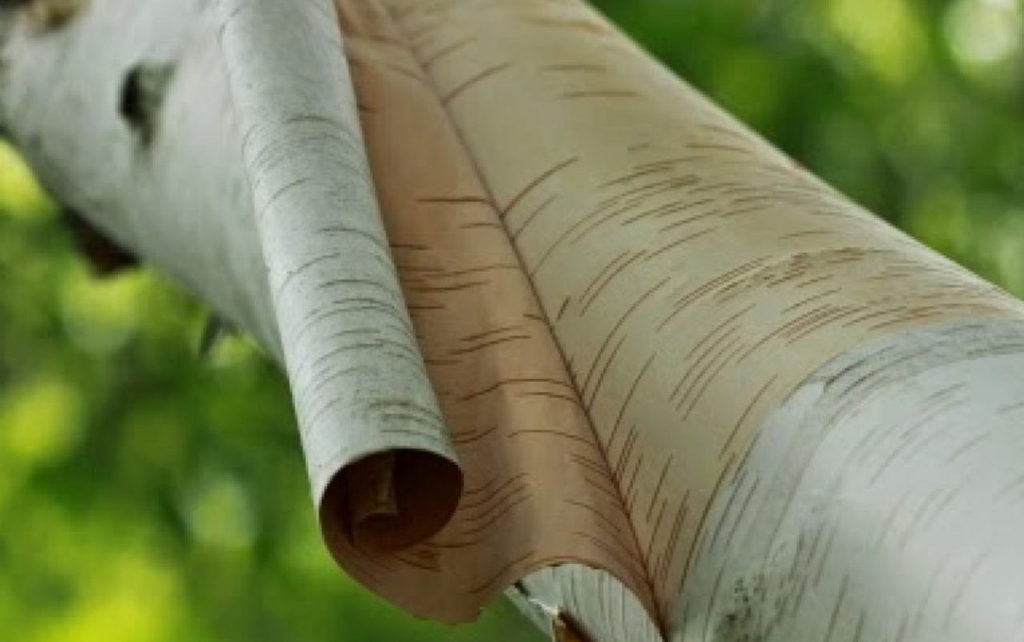In a remarkable collaboration aimed at ecological restoration and cultural preservation, the Japan International Cooperation Agency (JICA) and the Himalayan Forest Research Institute are embarking on a mission to revive the endangered Bhojpatra in the picturesque landscapes of Himachal Pradesh.
The announcement, made during the 18th meeting of the Executive Committee, marks a significant stride towards the preservation of not just a tree species but also the rich cultural heritage embedded in the history of Bhojpatra. Scientifically known as Betula utilis, this small to medium-sized deciduous tree holds a deep-rooted significance in the Himalayan region, particularly in India, where it thrives in the tropical Himalayas at altitudes ranging from 2100-3600 m in Kashmir to 2700-4200 m in Sikkim.
Bhojpatra’s unique characteristics include a white stem with paper-thin, pink-end skin easily separable from the stem. Its leaves, yellow and sticky in their new state, complement flowers attached to the petals. However, the true treasure lies in its bark, which resembles paper or dried banana leaves. In ancient times, before the advent of paper, Bhojpatra’s bark served as a medium for writing, and preserving manuscripts for generations.
Beyond its botanical significance, Bhojpatra is revered in Ayurveda for its diverse properties. It is bitter, astringent, and imparts heat, making it a versatile remedy for various ailments. From treating ear diseases to combating poison and addressing issues like colic, leprosy, and hemoptysis, Bhojpatra’s healing potential is expansive. Its stem, beyond being fragrant and astringent, showcases antibacterial, antiseptic, expectorant, antipyretic, and hemostatic properties. Even the stem skin contributes to its medicinal prowess with aerating characteristics.
Commencing in 2024, the joint project between JICA and the Himalayan Forest Research Institute aims to leverage scientific expertise and local collaboration for the restoration of both the ecological balance and the cultural heritage intricately linked with Bhojpatra. This aligns seamlessly with global efforts in biodiversity conservation and sustainable forestry practices.
The collaboration doesn’t merely signify a commitment to preserving a tree species; it underscores a cultural imperative. Bhojpatra’s symbolic importance in ancient manuscripts and religious texts makes its revival not only an ecological necessity but a testament to the rich cultural heritage of the region.
As the joint project unfolds, it stands as a beacon of environmental and cultural stewardship, symbolizing the shared dedication of JICA and the Himalayan Forest Research Institute to safeguarding both the natural wonders and cultural heritage of Himachal Pradesh. The revival of Bhojpatra isn’t just about saving a tree; it’s a collective effort to preserve a piece of history for generations to come.















